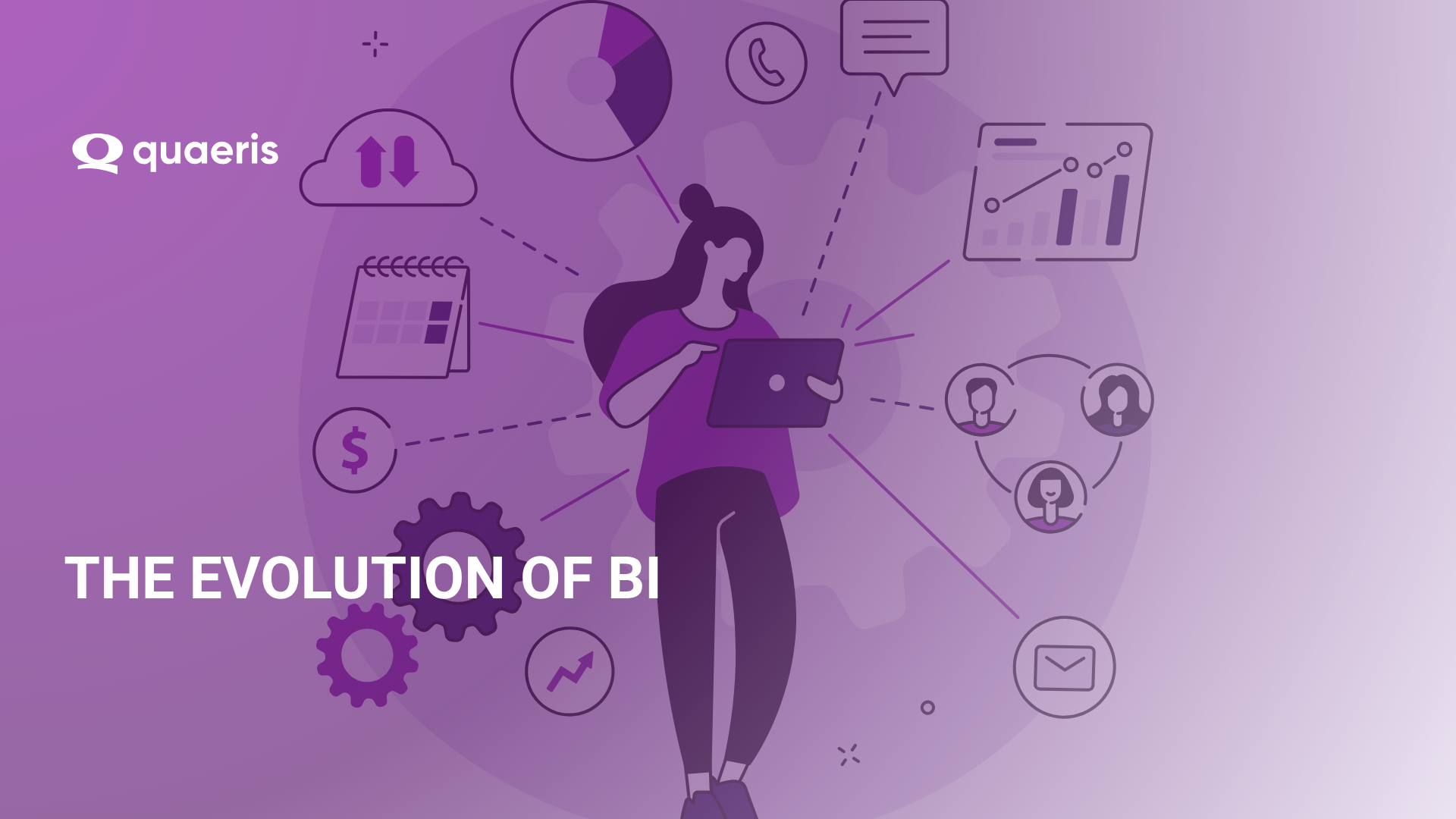Embedded Analytics Vs. Traditional Business Intelligence: A Comparison
In the fast-paced world of data-driven decision-making, businesses are constantly seeking ways to harness the power of data to gain a competitive edge. Two prominent approaches for leveraging data are Embedded Analytics and Traditional Business Intelligence (BI). Both have their merits, but they differ significantly in their approach, capabilities, and applications. In this in-depth comparison, we'll explore the key differences and advantages of Embedded Analytics and Traditional BI.
Definition and Overview:
Traditional BI refers to the process of gathering, analyzing and visualizing data from different sources using independent software or tools. These tools are commonly used by analysts and data professionals to create reports, dashboards and insights. Traditional BI typically consists of batch processing and scheduled reporting.
Embedded analytics, on the other hand, integrates data analytics capabilities directly into other software applications, such as CRM systems, ERP software, or even consumer-facing applications This allows end users to easily access data insights on in their workflow, without switching between applications.
Data Accessibility
With traditional BI tools, users have to get the data from another tool/dashboard /Application and create the report. As a result, organizations could end up with data silos when some staff members don’t have access to BI software, and they are left waiting for insights.
Embedded Analytics makes it easy for developers to add advanced analytics as a component of day-to-day apps and promote data democratization. That enables people all over the company to see and interact with data insights from their day-to-day tools. It supports real-time decision-making.
Ease of Use:
Traditional BI tools are often complex and require specialized training to use effectively. This can limit the number of employees who can extract insights from the data.
Embedded Analytics is designed with user-friendliness in mind. Since its integrated into existing applications, users are already familiar with the interface, reducing the learning curve. This accessibility encourages a broader range of employees to engage with data.
Real-time Insights:
Traditional BI solutions often rely on batch processing, which means that data is not always up-to-date. Users might be working with outdated information, especially in rapidly changing industries.
Embedded Analytics excels in delivering real-time or near-real-time insights. This is crucial for industries like e-commerce or finance, where timely decisions are critical.
Scalability:
Scaling traditional BI is complex and costly. Expanding user access and accommodating growing data volumes may require significant infrastructure investments.
Embedded Analytics can scale more efficiently because it leverages the existing infrastructure of the parent application. Adding new users or integrating with additional data sources is typically easier and more cost-effective.
Data Security
Traditional BI tools have their own security protocols and require additional measures to ensure data protection.
Embedded Analytics inherits the security measures of the parent application, which simplifies data security management. However, it's essential to ensure that both the parent application and the embedded analytics solution are adequately secured.
Cost Considerations:
Traditional BI solutions are expensive, not only in terms of software licenses but also in terms of training, maintenance, and infrastructure costs.
Embedded Analytics offers cost savings since it leverages existing applications and infrastructure. It also reduces training costs as users are already familiar with the parent application.
Disadvantages of Embedded Analytics:
When embedded, the analytics is focused only on that application, so, embedding analytics on a CRM system will give information only on sales, opportunities or deals and customer information. Similarly, embedding analytics on a marketing automation platform will give information only on the inbound or outbound marketing initiatives and embedding analytics on Google Analytics will give you insights only on GA.
So, if you wanted to measure the ROI of an ad-campaign run on Google that resulted in 20 leads and one eventual sale with 70% margin, you will have to get data from your Google Analytics, marketing automation and CRM platform and the Financial/Accounting system. To be able to do so, you will have to move all the data elements from these disparate systems into one data store and build detailed analytics on it.
Purely Embedded Architecture: Fast, but incomplete:
Classical Data-Store Architecture: Complete, but slow and expensive:
Conclusion: The QuaerisAI Way
The choice is not between picking embedded Analytics or classical data architecture. Both these architectures are needed and are very beneficial in their own way.
Our first suggestion is that you classify your use cases by application and user Personas and identify what use-cases will be best served by embedding BI and what use-cases will be best served by having traditional Data Architecture.
Our second suggestion is which architecture you use, use GenerativeBI (GenBI) from QuaerisAI to expose the data in insights to your customers and users. graceful, make insights available to your users at lightning speed and cut cost by up to 70% as compared to the traditional approaches and Old BI.
 By
By


